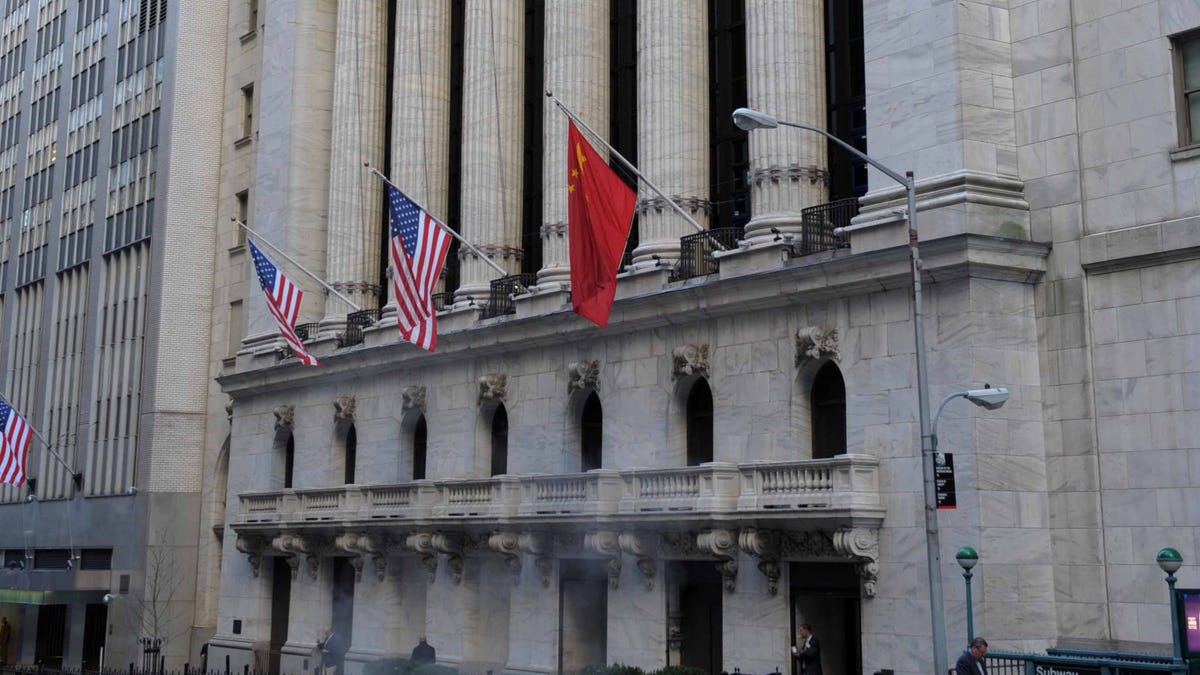What’s Behind the Stock Market Decline Today? ‘The Market Lacks Stability’
The stock market experienced ups and downs during the first trading day of 2025 as investors faced significant uncertainties with an upcoming shift in Washington’s leadership.
U.S. stocks initially surged but fluctuated throughout the day. The S&P 500 ended the day down by 13 points, a decrease of 0.2%, after hitting a low of 0.9% earlier. The Dow Jones Industrial Average closed nearly half a percent lower, while the tech-heavy Nasdaq Composite Index managed to reduce its early losses, finishing just 0.2% down at around 19,281.
Michael Grant, co-CIO and head of long/short strategies at Calamos Investments, which manages $40 billion in assets, remarked, “The market can’t establish a solid footing.”
He further explained, “One might think that the resurgence of Trump could enhance the already high premiums for U.S. risk assets. However, the problem is that this situation has persisted for quite some time.”
Although the anticipated “Santa Rally” in December did not materialize, the S&P 500 saw an impressive gain of over 23% throughout 2024. Most years over the past decade, stocks have recorded double-digit annual returns, driven mainly by strong corporate earnings across various sectors and generous fiscal policies.
Grant suggested that concerns over whether this positive momentum can persist may be beginning to impact the financial markets.
“Investors must temper their expectations,” he cautioned. “It’s advisable to steer clear of areas like Tesla, the AI sector, and highly valued growth stocks, as these present the greatest risks—especially if interest rates remain elevated for a prolonged period in 2025, which is a plausible scenario.”
Shares of Tesla, Inc. experienced a drop of more than 6% on Thursday following the disclosure of quarterly and annual 2024 delivery figures that fell short of 2023 numbers. Investor sentiment may also have been influenced by a New Year’s Day incident involving a Tesla Cybertruck explosion that resulted in the driver’s death and is currently under investigation.
In addition, investors are processing the possibility that the Federal Reserve may not only pause its interest rate reductions but could also decide to increase rates again sometime in 2025. Since mid-September, when the central bank enacted its first rate cut in four years, the yield on the 10-year U.S. Treasury note has climbed nearly a full percentage point. Higher inflation rates tend to decrease bond values, raising yields.
Thursday’s market performance highlighted the uncertainty, as sectors perceived as defensive or likely to perform better in downturns saw gains: utilities increased by 0.8%, while energy rose by 1.2%, according to the Sector SPDR family of funds.
(This story was updated with new information.)

